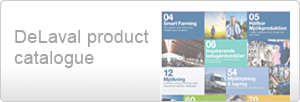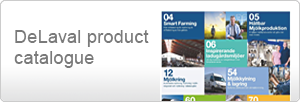Tonight I want to talk about wishes and opportunities. I am sure that all of us – no matter what the field discussed – have experienced different expectations from what’s possible. That happens a lot in marketing.
No disrespect to the person whose wishes I am about to discuss as he is a specialist in his work, but I just wanted to share a fresh experience with you. Perhaps it will sound familiar. Perhaps it will help understand better how marketing materials are made.
I was given a task to update all marketing materials of a specific product as its specification changed. I was only told to remove the “feature” from everywhere. No-one mentioned what is the “consequence” of it, but since all material covered both, I had to first clarify both parts and then remove them. In simpler words, if you are out of specific door knobs, there is probably one of more cupboards that can’t be produced as they were anymore. But which ones? Perhaps not the best example, but this is what happened to me in different context.
It was simple to remove some claims from digital channels. Ok, videos will require remaking later, but print materials are a whole other story.
I was to update a small brochure. And, as often happens when some change work is in progress, more change requests came. I was asked to add two images and a Powerpoint file was given to me as a source of images. Now I was facing two problems: I had image files of bad quality and had to make room for the new images.
I tried searching for the same images in better resolution – for print usually 300dpi is required and that can be checked in image properties. The originals were only a couple hundred kilobytes big so even without checking I was quite sure, they won’t do. I usually ask my colleagues responsible for providing me with input to send me at least 1MB files as then they won’t even have to dig into image specifics to see the size of it. And even if I would like them to, for different reasons, they don’t.
At the end, I found a bit bigger image versions, but still not as good as I would have liked. Sometimes we just have to live with it and risk having a bit pixelated images on paper.
The other problem was space. After I asked if I can remove anything else from the brochure, I was told that I can remove something from page 5. The new images however had to be placed on page 2. And that might be ok if I was working on a Word document and didn’t care what page exactly something landed on. But I was working on a brochure where every page was covering its own subtopic. Big problem, but could have been even worse if there was anything running over two side by side pages (imagine a newspaper article with a big image over two pages). This is something to keep in mind when planning for changes.
To do what I was asked, I would have had to probably change not only pages 2 and five, but also pages 3 and 4 and maybe also the ones after 5 until layout looked ok again. And even so, it might not have looked so nice anymore as moving some other things around would have broken the layout. Subsections would have poured over to several pages and instead of saving space we might have faced even more ugly empty space. Why? Because, for example, if there was 4x20cm space left at the bottom of a page and the first item of the following page was an image of 10x20cm, then it would not have fitted. And with shrinking the image or leaving it, we would still have had problems.
In the end, I got lucky. I completely rebuilt the structure of page 2 and managed to make enough space for the extra images. It wasn’t as nice as it was before and the logic was a bit worse, but it was still the best option.
These things happen with in-house marketeers as well as with agencies and perhaps it helps some of you understand better why a “small image change” can take so long or cost so much.



